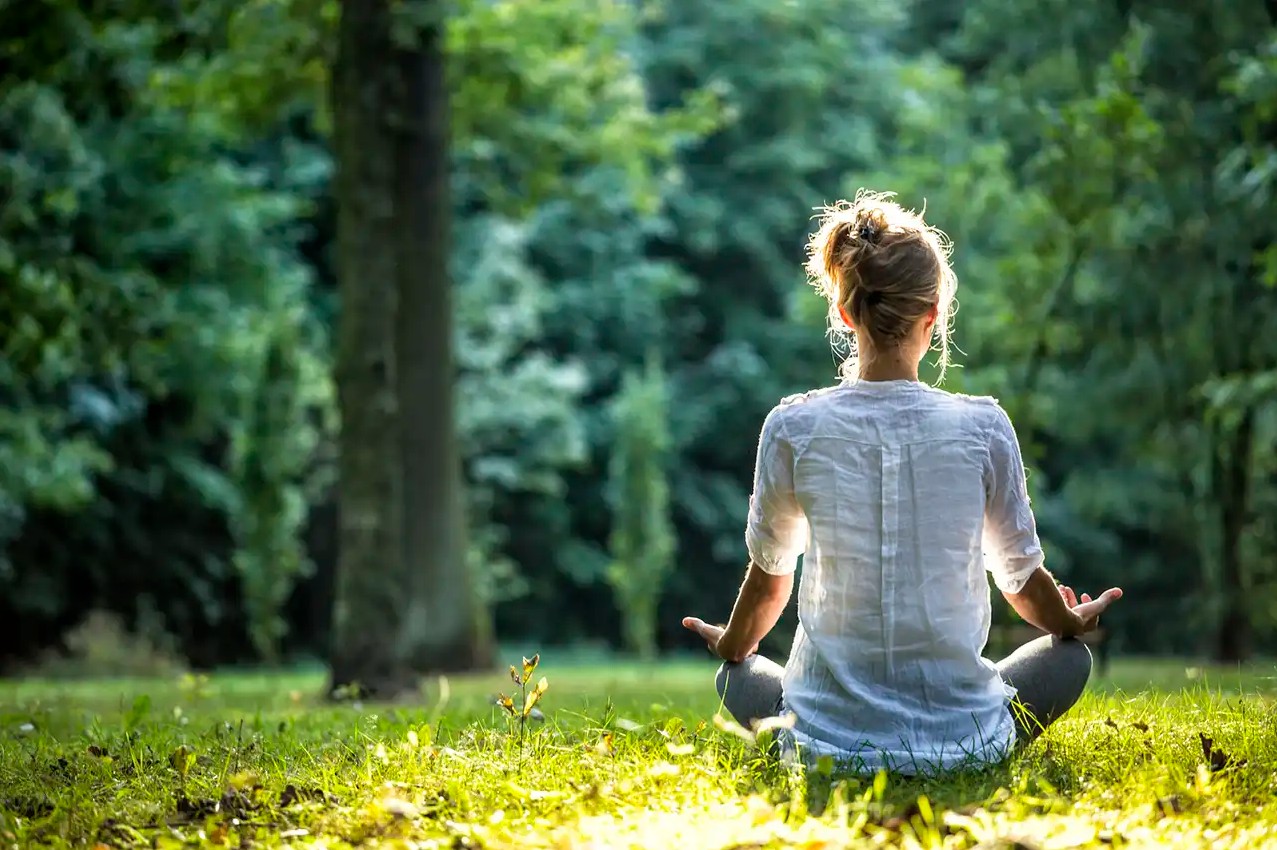Meditation is an easy lifetime practice that aids in relaxation of the mind and peace to the inner being. Taking just some time off every day, people will feel less stressed, more focused, and more connected to their inner selves. Being motivated by the knowledge presented in spiritual teachings, the given article considers what can be done to begin practicing meditation daily, providing simple measures to introduce peace into everyday reality.
The art of meditation is so simple. It does not need any particular devices but only a little bit of silence and an open mind. Meditation can be an aid in seeking solace, whether sitting in the garden or a warm room; it enables one to seek balance in a busy life.
For example, while some explore apps like aviator app download for entertainment, meditation offers a deeper, personal way to find calm and clarity. By building a daily habit, anyone can experience the benefits of a peaceful mind.
Short Sessions
Starting meditation is simple; all one has to do is sit in a quiet location and focus on breathing. The newcomers should take short sessions, even five minutes. Keeping the body in a comfortable position with the eyes closed, and keeping track of the inhales and the exhales, commits the mind. This practice is well-suited for a quiet corner or a park bench.
The idea is to remain in the present and let go of thoughts and no longer dwell on them. When the mind goes elsewhere, giving attention back in a soft way to the breath keeps the practice in a good song. With time, the moments of tranquility become a part of the day.
Some tips for starting meditation include:
- Choose a quiet, comfortable place to sit or lie down.
- Set a timer for five minutes to keep sessions manageable.
- Focus on breathing slowly and deeply.
- Let thoughts come and go without judgment.
Creating a Calming Environment
A quiet environment promotes meditation. A clean and soft-lit or ambient acoustics area (as birds chirping) creates a calming effect. The space becomes cozy when one adds special little things such as a candle or a favorite cushion. For those who appreciate a spiritual touch, they can put some meaningful object, such as a small statue or stone, which can make the person calm.
Meditation also does not require silent conditions; sometimes soft music or sounds of nature can assist with focus. You can experiment with various settings; somewhere that will make you feel best will be found: Is it comfortable to be out in nature and meditate? It may be better in a warm, cozy room.
Material Learning about Guided Meditation
One very good way of learning is by using guided meditations. Online or app-based audio or video guides walk the listeners through relaxing exercises. These can be examples of visualizing, whether it is a serene place, such as a forest, or an affirmation to enhance positivity. It is less threatening to beginners so that they can follow the process.
Experimenting with other guides leads to finding what rings. Some want a soothing voice, and some wish to nature as a subject. Such diversity makes meditation interesting and fresh.
Some benefits of guided meditation include:
- Provides structure for beginners to follow easily.
- Offers variety with different themes and voices.
- Helps maintain focus during sessions.
- Encourages regular practice through engaging content.
Working Meditation into the Lifestyle
The secret to a long-term benefit is practicing meditation daily. It is advisable to determine a fixed time, such as during the morning or before going to bed, to form a routine. Even the most overwhelmed people can find a couple of minutes: during lunch break or after the gym, meditating is a good idea. When a habit, such as having morning tea, is coupled with the required meditation practice, it is easier to maintain.
Scheduling the sessions shorter and flexible avoids overwhelm. Even on a hectic day, one minute of breathing exercise can help one be calm. Eventually, these occasions accumulate, establishing trustworthiness.
Possible Solutions to Common Problems
Meditation may be tricky at first, especially when there is a distraction or one cannot stay calm. Mind goes wandering around, nothing wrong with that, it is all right to come back to the breath or a guide. When it is difficult to sit without movement, a walking meditation may be effective: slow steps are taken in a meditative way.
Questions as to whether it has been done right are rife. Meditating is not perfect; it is about doing. Even a partial, short session leaves a sense of calmness. With practice, distractions disappear and the mind calms more readily.
A look back in Progress
The effects of meditation increase over time. Some feel less stressed, more focused, or can experience an improved mood after a couple of weeks. Taking a diary to write the feelings of the sessions may show improvement. For example, writing about how it feels calmer after meditation, this, in turn, builds the habit.
Talking to friends or participating in a meditation group may motivate regularity. Sharing about the struggle or personal preferred techniques can foster a community and keep motivation running.
Adopting a Nonviolent Way
Meditation is an easy way to inner peace. One can develop a satisfying practice by beginning with short sessions, a soothing environment, and investigating guided possibilities. Making it through and seeing what has been achieved makes the experience more intense. Guided by spiritual knowledge, meditation can be practiced as a daily habit that fosters inner peace, inner wisdom, inner being, and hence a peace of mind can be achieved.

